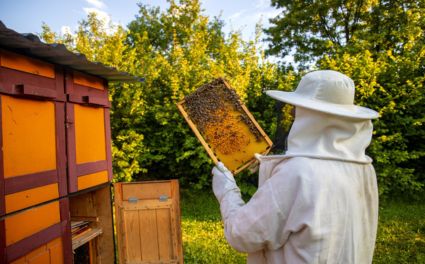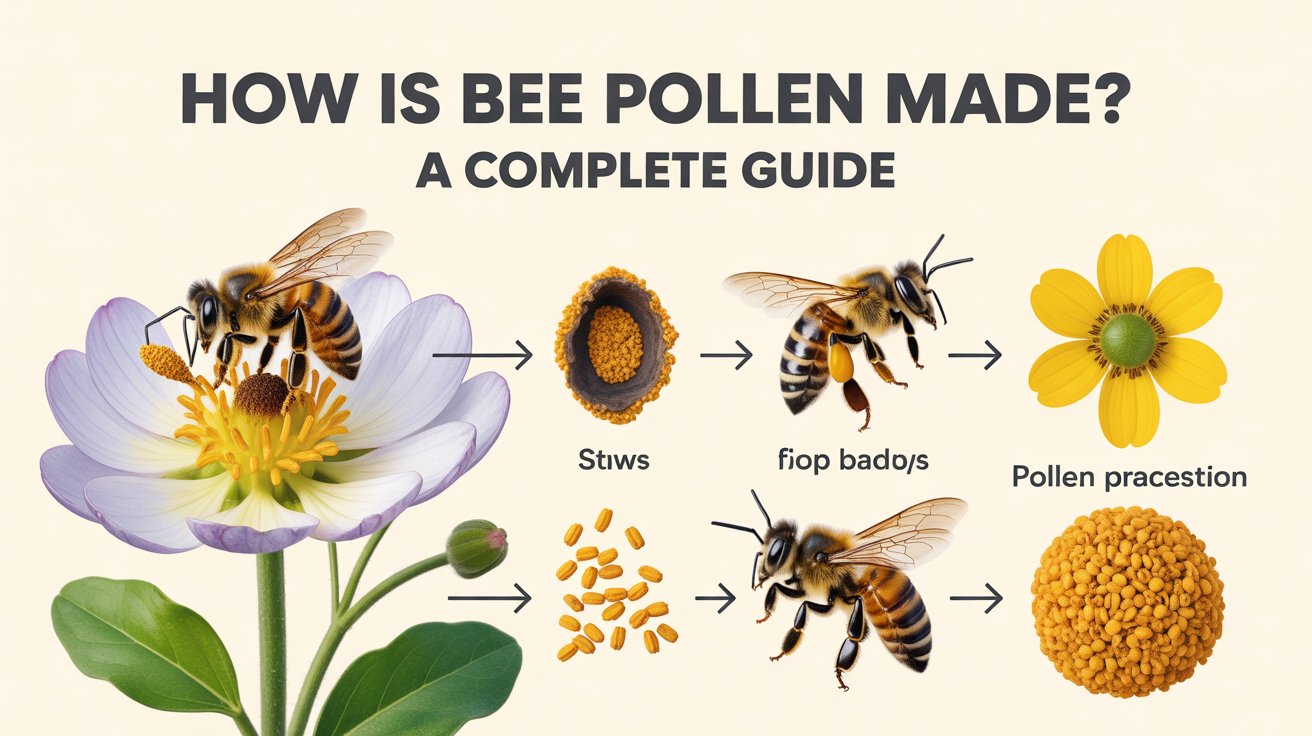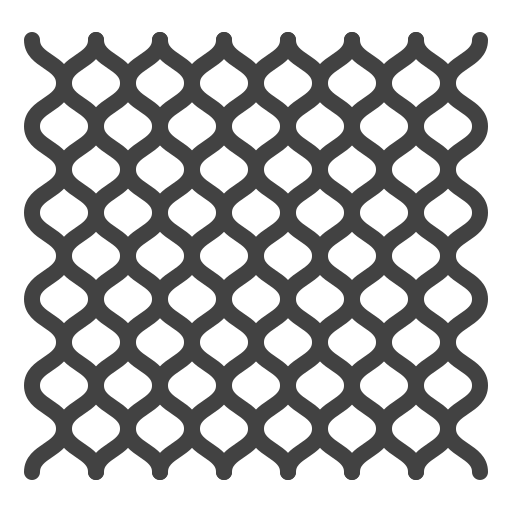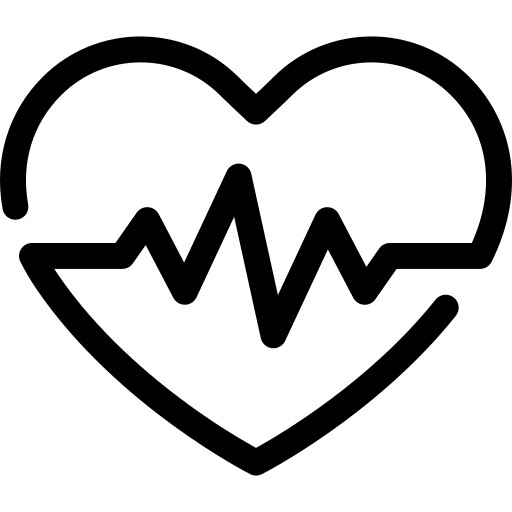Have you ever wondered how bee pollen is made? This natural superfood is the result of extraordinary teamwork between honey bees and beekeepers. From the foraging flights of worker bees to the careful processing by beekeepers, the creation of bee pollen is a fascinating story of nature, nutrition, and precision.
In this guide, we’ll explore how bees collect pollen, how it’s processed inside and outside the hive, and why high-quality protective Beekeeping Equipments are vital during the process. Let’s uncover the journey of bee pollen — from flower to jar.
🌼 Bee Pollen Collection
The Role of Honey Bees
Foraging Behavior
Honey bees are highly skilled foragers. Female worker bees spend their lives searching for nectar and pollen, guided by sunlight, floral scents, and environmental cues. Their mission is to feed the colony and support honey production — two interconnected processes that define beekeeping.
Pollen Sacs
On their hind legs, bees carry specialized structures called pollen baskets or “corbiculae.” These sacs, lined with tiny hairs, trap pollen grains as bees visit flowers. Each grain represents a different plant source — meaning every bee pollen pellet is a mix of nutrients from nature’s variety.
When handling bees for educational or commercial purposes, professional beekeepers use full protective gear, such as beekeeping suits, beekeeping jackets, beekeeping gloves, and beekeeping veils, ensuring they stay safe during hive management.
Pllen Collection Process
-
Visiting Flowers
Bees visit countless flowers every day. As they collect nectar, pollen grains attach to their bodies through static charge and tiny hairs. -
Gathering and Packing Pollen
Using their front legs, bees brush pollen toward their hind legs, packing it into pellets with nectar to make it sticky and transportable. These small golden pellets are what we know as bee pollen. -
Returning to the Hive
Once loaded, the bee returns to the hive and deposits the pollen into honeycomb cells near the brood area. This pollen becomes a crucial protein source for feeding larvae.
Beekeepers often collect a portion of this pollen using gentle entrance traps — screens that allow bees to enter but lightly brush off some pollen into collection drawers without harming them.
Bee Pollen and Honey Production Connection
Pollen and nectar collection are deeply connected. While bees gather pollen for protein, they also store nectar in their honey stomachs. Inside the hive, nectar becomes honey through enzymatic conversion and evaporation. This dual process highlights the bees’ efficiency in producing both honey and bee pollen, making them key contributors to ecological balance and food security.
Also check: How Does A Bee Become Queen?

🍯 Bee Pollen Composition
Nutritional Value
-
Macronutrients: Bee pollen provides a balanced mix of proteins, carbohydrates, and essential fatty acids. The proteins contain amino acids vital for human health.
-
Micronutrients: It’s rich in vitamins B1, B2, B3, B6, C, and E, as well as trace minerals such as zinc, selenium, and magnesium.
-
Enzymes: Enzymes like amylase and protease assist in digestion and nutrient absorption.
-
Antioxidants: High levels of flavonoids and carotenoids help fight oxidative stress and support immune function.
Because bees forage from different plants, each batch of bee pollen varies slightly in color, texture, and taste — creating a diverse palette of nutrients.
Medicinal and Health Benefits
Bee pollen has been valued for centuries in natural and holistic medicine. It is believed to:
-
Enhance energy and stamina
-
Support immune health
-
Improve skin condition
-
Aid cardiovascular and liver function
-
Reduce inflammation and allergies
However, anyone new to bee pollen should consult a healthcare professional before consumption, especially if they have pollen allergies.
Also check: How Do Beehives Work?
🧺 Bee Pollen Processing
Hive Storage
Inside the hive, bees store collected pollen in cells mixed with nectar and enzymes. They ferment it slightly, sealing it with wax to preserve nutrients. This semi-fermented substance, called “bee bread,” feeds the hive’s brood.
Beekeeper Collection
Beekeepers carefully harvest pollen using traps that collect pellets as bees enter the hive. Protective gear such as beekeeping trousers, beekeeping ankle protection, and ventilated beekeeping suits for kids ensures safe handling for beekeepers of all ages.
Brands like Oz Armour design high-quality protective wear that combines safety with comfort — crucial for long hours near active hives.
Cleaning and Drying
After harvesting, bee pollen must be cleaned and dried carefully to maintain its nutrients:
-
Cleaning: Fine mesh screens and air filters remove wax, dust, and debris.
-
Low-temperature drying: Pollen is dried below 43 °C (110 °F) to preserve enzymes, vitamins, and delicate antioxidants.
-
Storage: The dried pollen is stored in airtight containers to protect it from moisture and light.
High-quality Beekeeping Equipments like pollen dryers and collection trays help beekeepers perform these steps efficiently and hygienically.
Packaging and Distribution
Once processed, bee pollen is packaged in jars, sachets, or capsules for commercial sale. Depending on the source plants, pollen color ranges from golden yellow to dark brown.
Consumers can find raw bee pollen at local farms, health stores, or online. It’s often used in smoothies, granola, or sprinkled over yogurt — providing a natural energy boost and immune support.
Also check: Is Beekeeping Profitable?
🧤 Beekeeping Safety During Pollen Collection
Handling hives and pollen traps requires patience and protection. Beekeepers should use:
-
Beekeeping Jackets for light inspections.
-
Beekeeping Gloves to protect hands while maintaining dexterity.
-
Beekeeping Veils to safeguard the face and neck.
-
Beekeeping Suits for full coverage during harvesting.
Protective gear allows for calm, safe handling of bees, reducing stress on the colony and ensuring higher productivity.
🌻 Sustainable Beekeeping Practices
Modern beekeepers play a vital role in protecting bees and the environment. By practicing sustainable methods — such as avoiding harmful pesticides, ensuring diverse floral sources, and respecting seasonal patterns — they promote healthy bee populations.
Using professional gear and Oz Armour’s reliable protective equipment supports both beekeeper safety and ethical hive management. Sustainable practices not only preserve bees but also ensure the continued production of valuable products like honey, beeswax, and bee pollen.

🌸 Final Thoughts
The making of bee pollen is a natural masterpiece — a collaboration between honey bees’ instinctive labor and the careful stewardship of beekeepers. From flower fields to hive cells and finally to jars, the journey of bee pollen reveals nature’s efficiency and generosity.
Understanding this process helps us appreciate the hard work of bees and the importance of responsible beekeeping. For those interested in exploring the world of bees and honey further, check out read more blogs about beekeeping for detailed insights on hive care, honey production, and pollination.
With the right beekeeping equipment, patience, and respect for nature, anyone can safely take part in this rewarding practice. Thanks to trusted brands like Oz Armour, both professionals and beginners can experience safe, sustainable, and enjoyable beekeeping — while supporting the incredible creatures that make bee pollen possible.












